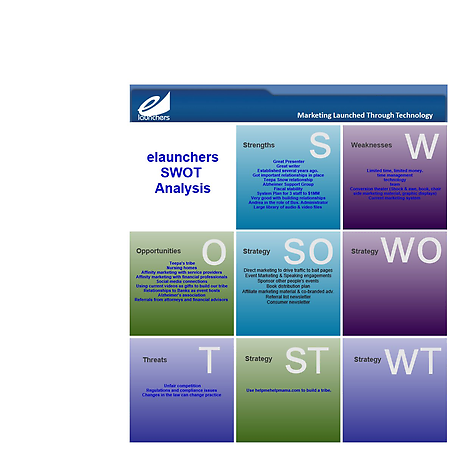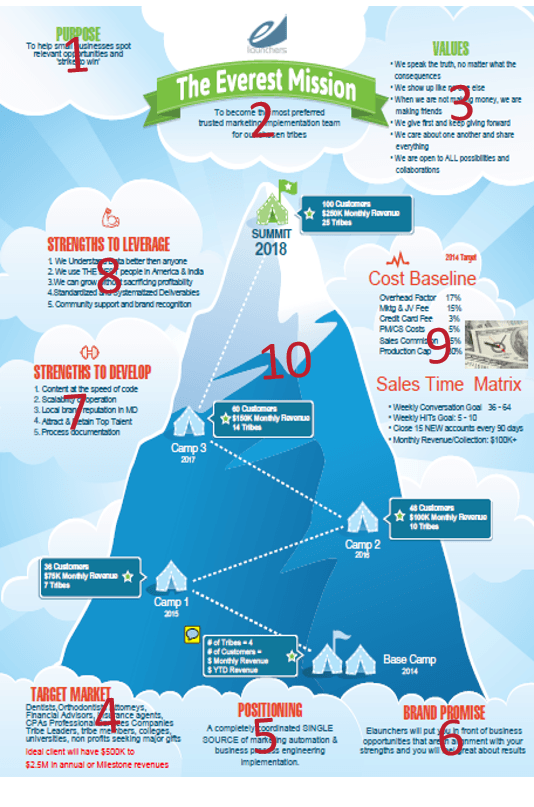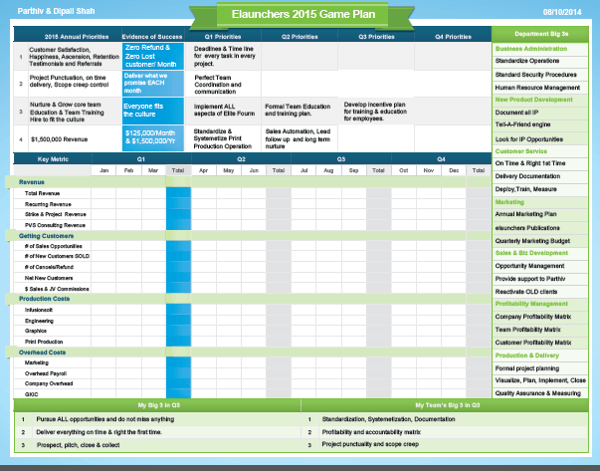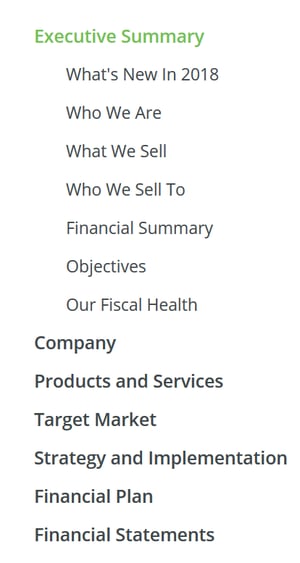"You can't really know where you're going unless you know where you've been." -- Maya Angelou
We're in the 4th quarter of 2019. Now is the time to review your 2019 business plan and begin preparation for what you're going to accomplish in 2020.
What is a business plan? It's a written description of your business's future, a document that tells what you plan to do and how you plan to do it. Don't worry - it doesn't have to be long or complex to start. Ryan Deiss is famously known for making one on a napkin.
Business plans are inherently strategic. You start here, today, with certain resources and abilities. And you want to get to there, a point in the future (usually three to five years out), at which time your business will have a different set of resources and abilities as well as greater profitability and increased assets. Your plan shows how you will get from here to there.
There are two set of variables to quantify. According to Dr. Michael Porter of Harvard University, when you do an eight paradigm SWOT, you focus on two set of variables: iFAS (Internal Factors) and eFAS (External Factors) that affect your situation. Your strengths and weaknesses are internal, where as opportunities and threats are external. Once you catalog your S,W,O and T, you can develop your SO strategy, ST strategy, WO strategy and WT strategy. This eight paradigm framework is the baseline for you to think about everything that affects your business.
Here are the steps we follow at eLaunchers to create our business plan:
- Year in Review: We start with reviewing our 2019 business plan that was written in 2018 and compare it to what we accomplished, what we were not able to do, what we were expecting and what happened. We examine and re-catalog our current strengths and weaknesses. We review and re-assess our emerging opportunities and threats for 2020. We examine 2019 documentation and determine what remains true, what is evolving and what is now-moot.
- Focus 2020: All through the year, whenever we get attacked by shiny objects, (opportunities and threats) we refer to our focus document to decide what we should do about it.
- Areas of focus
- What we will DO
- What we will NOT do
- What we will BE
- What we will NOT be
- What we will sell
- What we will NOT sell
- Who we will SELL TO
- Who we will NOT sell to.
- Culture Guide: Review and update the culture guide is the next step. This document talks about who we are, what we do and how we roll. We used BlissBOOK to create our culture guide.
- Everest Diagram: The Everest diagram is a visual of the 1000 day business plan.

- Game plan: The game plan is a visual for the 100-day and 300-day plan. We modify the game plan matrix for our situation and needs.

Our game plan diagram has the following elements:- Annual priorities
- Evidence of success. (How are we going to measure progress and when do we celebrate success).
- Quarterly priorities for Q1, Q2, Q3 and Q4.
- 7 departments of the company and 'Big 3 priority' for each department.
- 'Big 3 priority' for me and 'Big 3 priority' for my team. (Each person has their own individual big-3 and a big-3 for the team they belong to).
- Key Matrix: For each month and each quarter. For us, we keep track of the following:
- Revenue
- Customer acquisition costs
- Production costs
- Overhead costs
- Annual priorities
- Business Plan: It is not very painful to re-write and re-publish the 2019 business plan for 2020. We are simply updating things that have evolved, adding things that are new to eLaunchers and deleting things that are now moot.

- The planning software LivePLAN has the following elements:
- Pitch. This is our one page business plan. This is how we describe who we are and what we do to our coaches, consultants and counselors. This is how we describe our business to new employees, new vendors and to each other.
- Plan is the narrative document of business plan. It has Executive summary and the usual LivePLAN sections.

- Forecast keeps track of up to 50 lines of revenues (we don't have 50) and up to 100 lines of expenses over a period of months, quarter and year. It pulls data from Quickbooks so we can see last three years and project next three years. This is the quantitative part of the plan.
- Benchmark compares our forecast to other companies in our industry to make sure our expectations of revenues, growth and profitability are reasonable as compared to the reported trends of our industry.
- Schedule keeps track of major accomplishments to be completed during the upcoming year. This is not a project management tool, this is a list of things to thrive for and accomplishments to celebrate.
- Dashboard pulls actual financial data from Quickbooks and compares revenue lines, expense lines and profitability to previous time period, forecast and benchmark so we can see how we are doing.
- Annual report and Quarterly Reports are prepared. Annual report includes Q1 quarterly report so we only have to make three more quarterly reports. The reports includes Quarterly TOPS (Tactical Operational Priorities) and SMARTs (Specific, measurable, attainable, relevant, time bound goals). The reports are the working documents for conducting annual meeting, quarterly meetings and monthly meetings.
- Meetings: Annual meeting takes 2 days. Quarterly meetings are 1/2 day. Monthly meetings are 1 hour.
The business plan is shared with partners (me and Dipa) and our advisors/coaches. Annual report and quarterly reports are shared with key employees and contractors. We summarize the business plan in a PowerPoint so when we share it with our advisors/coaches we can quickly jump to the areas of concern/concentration.
The total time we invest in this process is about 100 hours a year. Yeah, it is a lot of time and effort, but we consider this to be an important exercise. If we want to stay on track, we have to know where the 'track' is and what it is going to look like to be on track.
This does not eliminate all ambiguity from business. We can not plan how market will react, we can not plan what opportunities and threats will emerge. We can only plan OUR act. This process helps, it helps a lot!
Thanksgiving holiday weekend is an excellent time to review your 2019 business plan and begin preparation of a game plan for 2020.
How can I help you get your business plan in place? Grab a time on my calendar.





